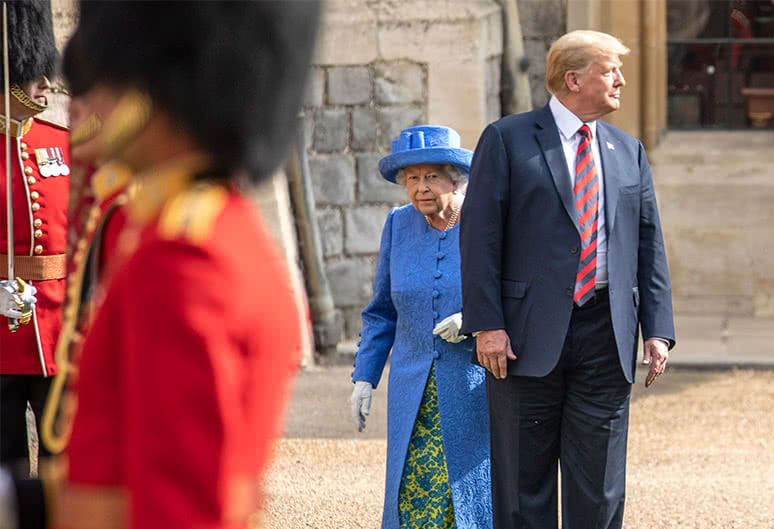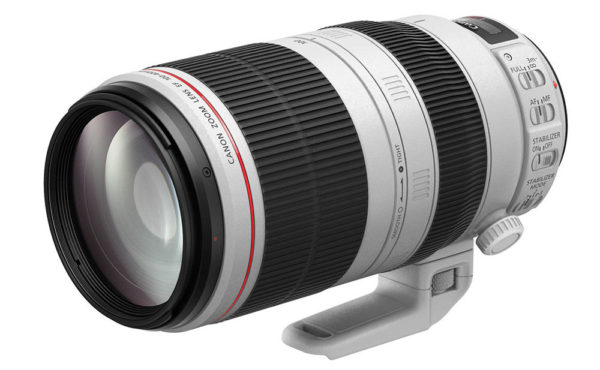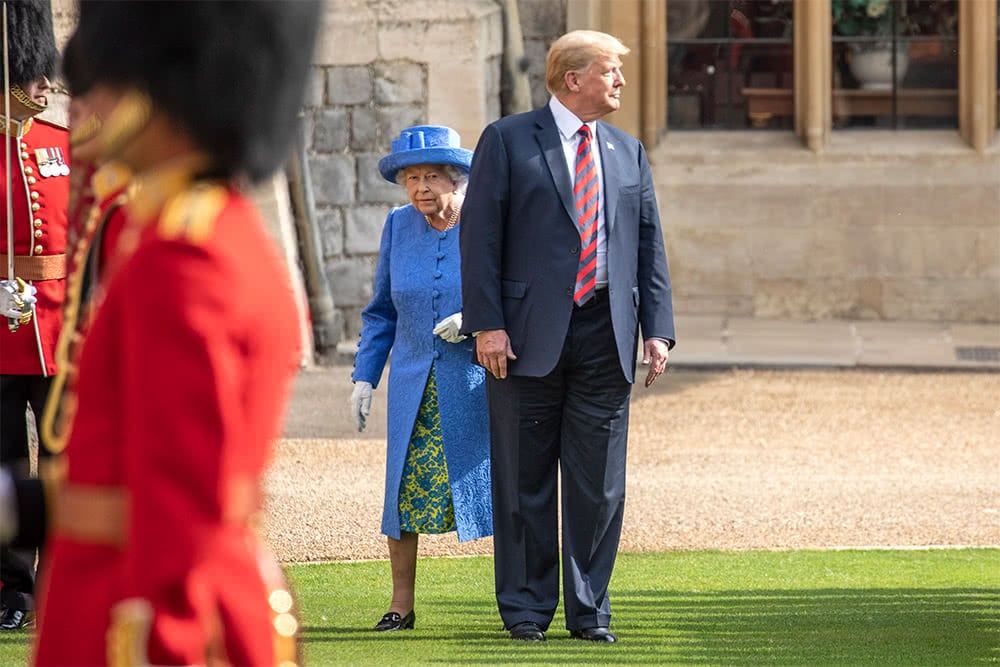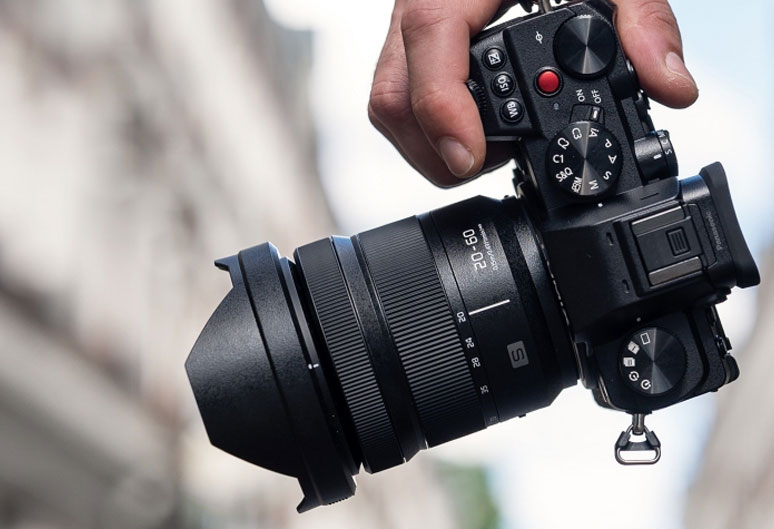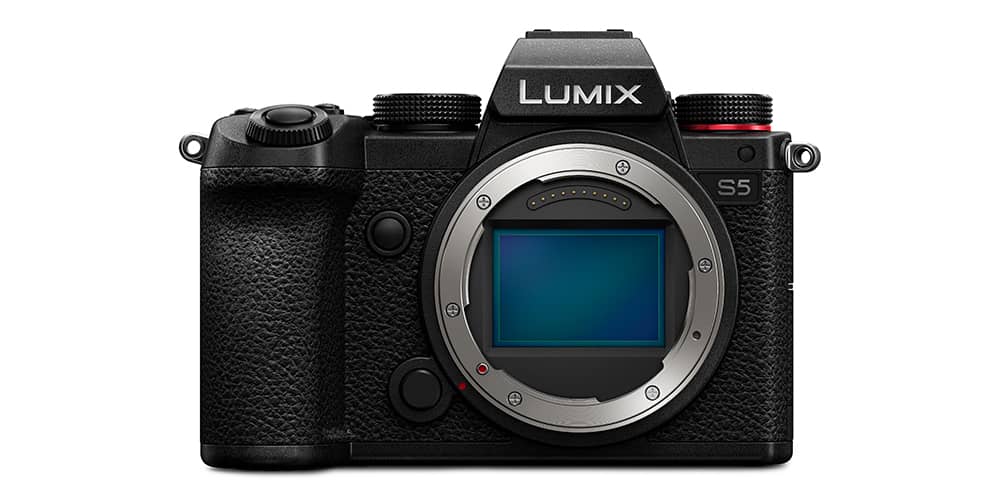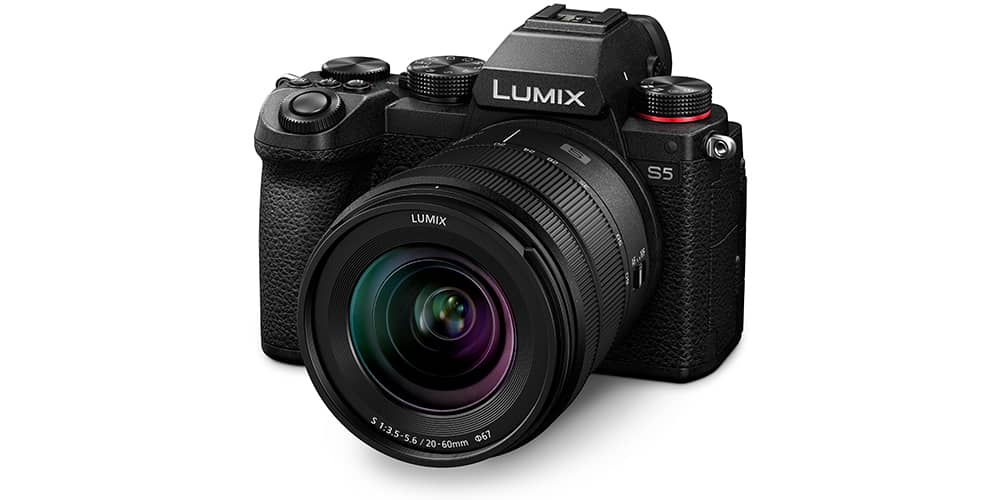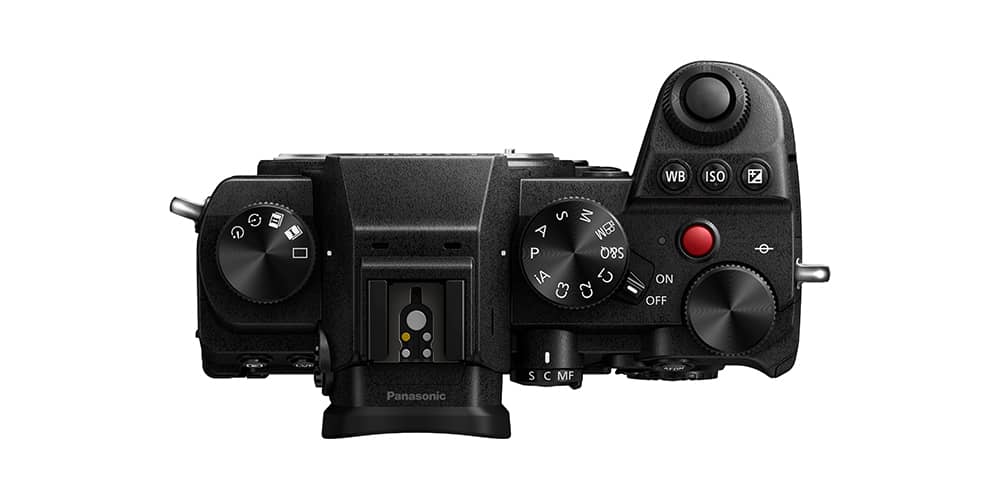Nikon’s Z system is one of the most exciting names in mirrorless shooting right now. The firm has done a great job of providing a tantalising range of cameras, from the flagship Z7 to the lightweight APS-C Z50, and the glass is also excellent.
Having recently introduced its S-line of pro-grade lenses, which includes a trilogy of f/2.8 zooms designed to kit the working photographer out for every situation, Nikon has made its Z lens range cater for all needs and all budgets. Whether you’re a pro who needs the best of the best, or a novice photographer who’s working to a tight budget, the Z system will definitely have you covered. Wide-angles, telephotos, primes, zooms – it’s all here, to the point where it can be difficult to know where to start.
We’ve put together this guide to help you, running through every lens available for the Z system, as well as giving our recommendations as to what applications each one is best for. We’ll keep this guide updated with the latest lens releases, and may be adding third-party options in the future, so keep checking back!
Z-mount
The key to the Z system is the ultra-wide Z mount. It’s larger than any other full-frame mount currently available, and what that means is that it lets in more light. This allows for improved low-light performance, better corner-to-corner image illumination, and the possibility for making lenses with ever-wider apertures, even as wide as f/0.95 – as you’ll see in this very guide.
Our guide to Nikon Z lenses
Lenses for the Nikon Z-mount are Nikkor-branded, and that means you can expect a few things going in. Great optics are sharpness are pretty much a given, and specifically you can expect: Extra-low Dispersion (ED) glass, which minimises distortion and aberrations, and Nano Crystal Coat, an element treatment that reduces flare and ghosting for a sharp image with enviable clarity. In our guide below, we’ll focus on the individual character of each lens and the areas where they excel, so you can get a sense of which ones are right for you.
S-Line lenses
The S-line lenses represent the crème de la crème of the Nikkor Z offering. Similar to Canon’s L series or Sony’s G Master line, seeing a letter ‘S’ in the name of a Nikon lens is a cast-iron assurance that you’re going to be getting a lens of superb quality. If you’re shooting professionally, you should be going for S-line lenses as a matter of course.
S-line lenses boast top-quality sharpness and resolution, well-equipped to take advantage of Z cameras’ sophisticated sensors and their high megapixel counts. These lenses also specialise in reproduction of point light sources, designed to reproduce them more naturally for more pleasing bokeh effects, preventing light points from “fanning out” in low-light photography. S lenses have nine-bladed apertures as standard; they are also designed to eliminate focus breathing, making them more reliable for video, and their bodies are sealed to keep out dust and moisture.
We’ve divided the S-line lenses into primes and zooms, and ordered them from widest to longest, so you should be able to easily navigate to the type of lens you’re looking for.
S-line prime lenses
Nikon Z 20mm f1.8 S Lens
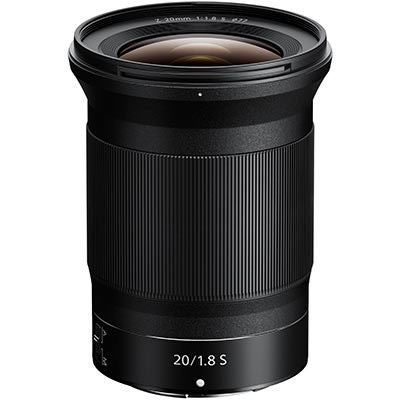
This ultra-wide prime is an extremely capable optic for a whole host of applications, thanks to its advanced optics that deliver both ultra-sharpness and an impressive close focusing distance of just 20cm. Whether you want to get big, expansive landscapes or small, intimate details with an exaggerated wide-angle perspective, the Z 20mm f1.8 S Lens will deliver. It’s surprising just how many situations a lens like this can be useful in!
Best for: Landscapes, architecture, close-ups
Nikon Z 24mm f1.8 S Lens
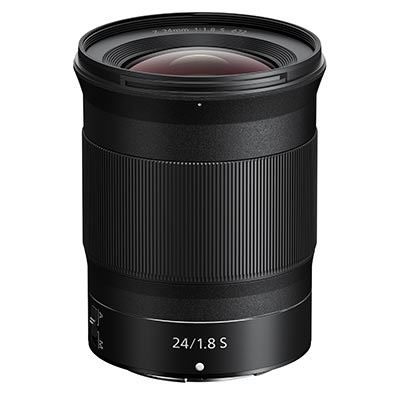
Another S-line wide-angle with a useful f/1.8 maximum aperture, the Z 24mm f1.8 S Lens distinguishes itself with a lot of great video-focused features. Its autofocus is near-silent, as is control of aperture and exposure compensation via the control ring, making it easier to make settings adjustments without compromising the audio of your footage. At 24mm, this is a great focal length not only for architecture and landscapes, but also for general documentary and urban street shooting.
Best for: Documentary, landscape, video
Nikon Z 35mm f1.8 S Lens
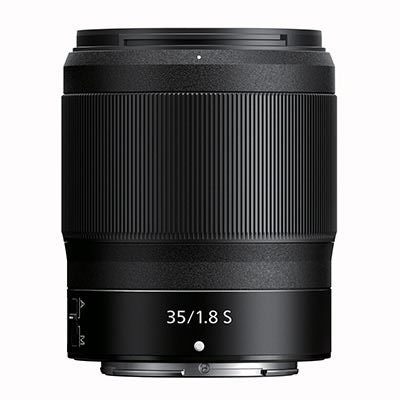
Designed to offer greater sharpness and clarity than most lenses of its class, the Nikon Z 35mm f1.8 S Lens is a lens that delivers speed and accuracy where it counts. A useful f/1.8 maximum aperture meets a speedy autofocus system, making the lens another ideal choice for street and documentary work. As is characteristic of S-line lenses, it also has had much work done to it to suppress aberrations such as sagittal coma flare, ensuring a super-clear image with pleasing light points, even at night.
Best for: Street, documentary, night shoots
Nikon Z 50mm f1.2 S Lens
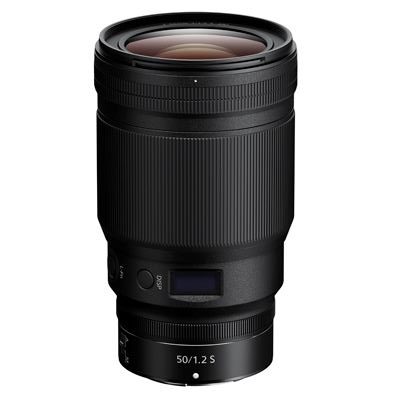
One of the optically finest Nikon Z lenses on offer, this relatively new lens is billed as the perfect portrait lens for the Z system. Its 50mm focal length is complemented by an f/1.2 maximum aperture, while extensive coatings have been applied to the elements to significantly reduce ghosting and lens flare; these include not only the Nano Crystal Coat, but also Anti-reflection Areno. The lens also boasts an OLED screen for quick settings readout. Control depth of field like never before with this standout optical wonder.
Best for: Portraiture, high-resolution, low light
Nikon Z 50mm f1.8 S Lens
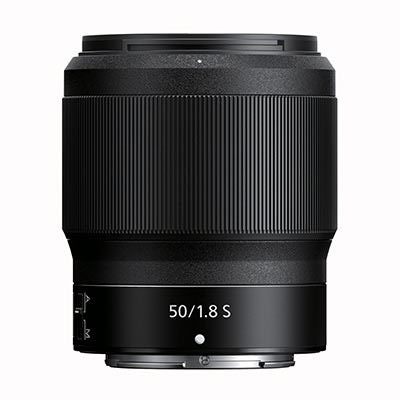
Significantly more affordable than the 50mm f1.2 S Lens, this is a great “starter” choice for any new Z shooter, and serves as a thoroughly decent all-purpose lens to boot. Providing edge-to-edge image clarity, at a focal length that roughly replicates the field of view of a human eye, the Nikon Z 50mm f1.8 S Lens is a terrific choice for all kinds of general-purpose shooting, with the nice addition of a stepping motor that makes autofocus both fast and silent.
Best for: Budget users, general-purpose shooting, video
Nikon Z 58mm f0.95 S Noct Lens
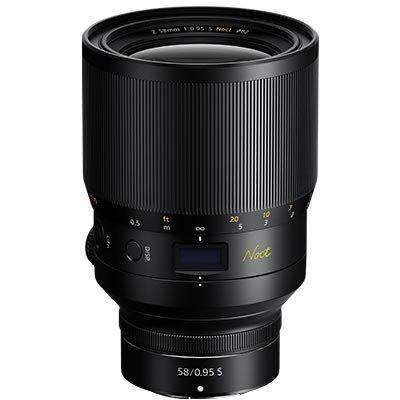
The fastest lens in Nikon history? For now, the Nikon Z 58mm f0.95 S Noct Lens takes that crown. Inheriting a few design cues from the 1977 AI Noct Nikkor 58mm f/1.2 standard prime lens, it uses the large diameter of Z-mount to its advantage,resolving light points with astounding sharpness and clarity. Resolution and sharpness are fabulous even at that f/0.95 aperture, and the metal exterior of the lens has been engineered beautifully so the finished product has an elegant feeling class to it.
Best for: Shallow depth of field, portraiture
Nikon Z 85mm f1.8 S Lens
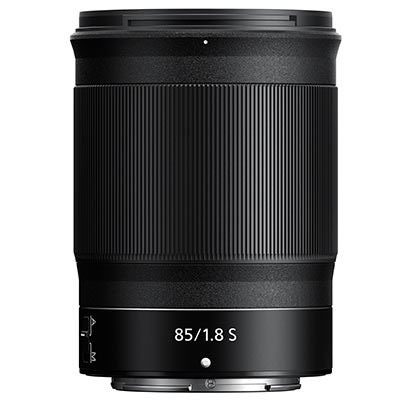
Another superb portrait lens, the Nikon Z 85mm f1.8 S Lens offers the ideal mid-telephoto focal length for shooting flattering portrait images. Its resolution is excellent, rendering the entire frame with sharpness and clarity, and a minimum focusing distance of 80cm means it’s possible to get nice and close to your subject. The lens is pleasingly affordable too, meaning that the vast majority of Z users can access this great portrait optic.
Best for: Portraits, interviews (video), documentary
S-line zoom lenses
Nikon Z 14-24mm f2.8 S Lens
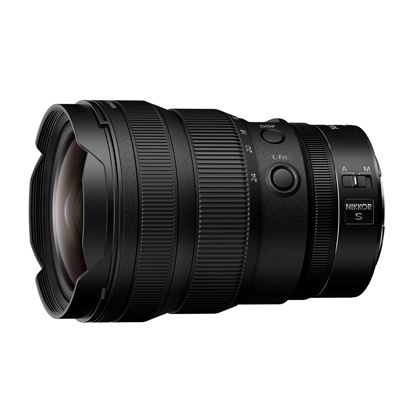
Designed for landscapes, architecture and astrophotography, the Nikon Z 14-24mm f2.8 S Lens is the widest Nikkor zoom on the books for Z-mount at the moment, and blends superb image quality with smooth, pleasing bokeh. Despite the fact that it’s the kind of focal range you’d use for the faraway and expansive, the Nikon Z 14-24mm f2.8 S Lens also boasts a close focusing distance of 0.28m, cementing its status as one of the most versatile Z lenses. It’s the widest member of Nikon’s “trilogy” of pro-spec f/2.8 lenses.
Best for: Astrophotography, landscapes, close-ups
Nikon Z 14-30mm f4 S Lens
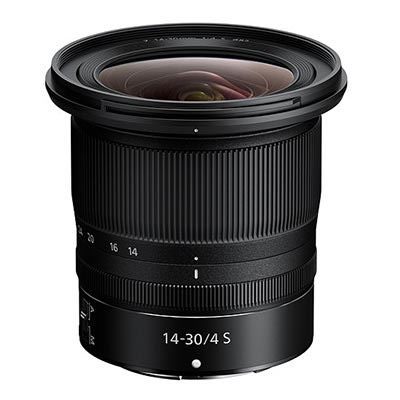
With a constant aperture of f/4 throughout its zoom range, the Nikon Z 14-30mm f4 S a versatile wide zoom, however what’s really impressive is that it’s one of the first and only full-frame zooms of its class to support direct filter attachment – usually the bulbous front element of a wide lens makes this impossible. The optical construction of the lens incorporates four Extra-Low Dispersion (ED) elements and four aspherical elements, substantively controlling for aberration and distortion.
Best for: Landscapes, seascapes, video
Nikon Z 24-70mm f2.8 S Lens
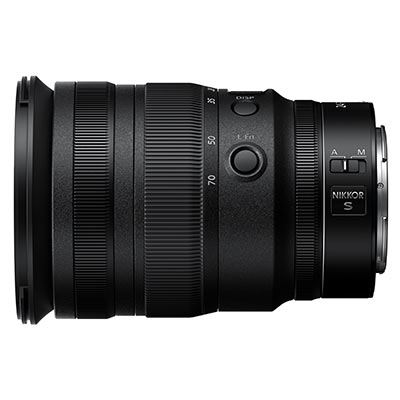
The first pro f/2.8 lens for the Nikon Z system and the middle member of the trilogy, the Z 24-70mm f2.8 S is an excellent example of a workhorse focal range beloved by pros the world over. Sharp from edge to edge and corner to corner, the Z 24-70mm f2.8 S sports a minimum focusing distance of 0.38m, and a useful Fn button that can be assigned to any of 21 different functions. Built tough and compact, sealed against dust and moisture, this is a lens ready to put in years of faithful service.
Best for: Photojournalism, documentary, general-purpose shooting
Nikon Z 24-70mm f4 S Lens
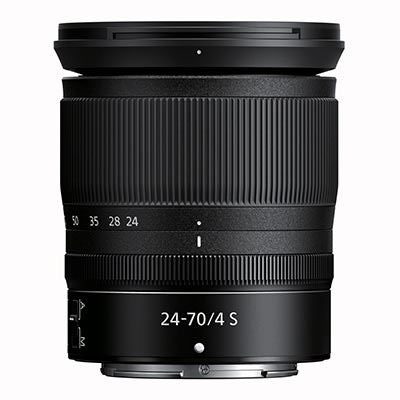
The more affordable version of the 24-70mm for shooters on a budget, this lens blends excellent versatility with a portable build that fully retracts when not in use, making it easy to carry around to shooting locations. Full weather sealing is a nice touch, and the minimum focusing distance of 0.3m means it’s also a great choice for close-up work. Robust, hardy and relatively inexpensive – this lens ticks a lot of boxes for the budget-conscious photographer.
Best for: Travel, shooting on a budget, general-purpose photography
Nikon Z 70-200mm f2.8 VR S Lens
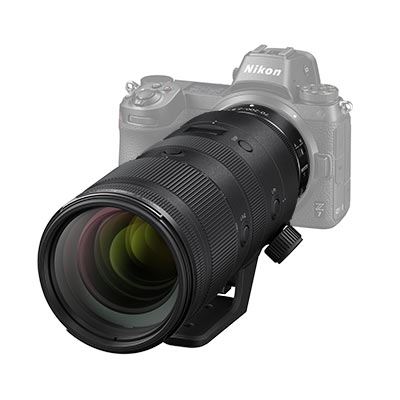
The final member of Nikon’s f/2.8 trilogy, the Z 70-200mm f2.8 VR S completes the set in another workhorse focal length beloved by so many pros. High-quality and versatile, with an OLED panel for quick readout of settings, the Z 70-200mm f2.8 VR S uses a sophisticated optical construction of 21 elements in 18 groups, which includes six ED glass elements, two aspherical lenses, one fluorite lens, and one SR lens element. Focus breathing has been all but eliminated, making the lens a great choice for video too.
Best for: Sports, events, video
Other Z-mount lenses
Nikon Z 16-50mm f3.5-6.3 DX VR Lens
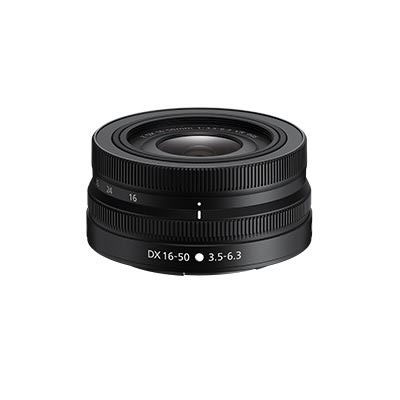
One of two DX Z-mount lenses for the APS-C Z50 camera (and whatever future APS-C cameras join the series). It’s a pancake zoom, slim and compact, with a silent control ring that works for manual control of focus, as well as aperture control or exposure compensation. Despite the small size, Nikon also finds room for including in-lens Vibration Control, further expanding the utility of this handy little lens.
Best for: Travel, budget-shooting, architecture
Nikon Z 24-50mm f4-6.3 Lens
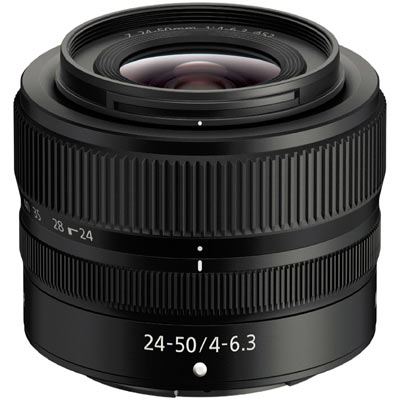
One of the lightest full-frame zoom lenses around, the Z 24-50mm f4-6.3 gives you a useful range to play with that means you can shoot everything from architecture to portraits without changing lenses. Impressively affordable, the lens contains enough specialised glass elements to ensure crisp and high-contrast images, and with a sophisticated silent autofocus system, this is a lens for all purposes at a great price. It’s a good choice for a first lens for someone new to the system.
Best for: General shooting, learning the ropes, portraits
Nikon Z 24-200mm f4-6.3 VR Lens
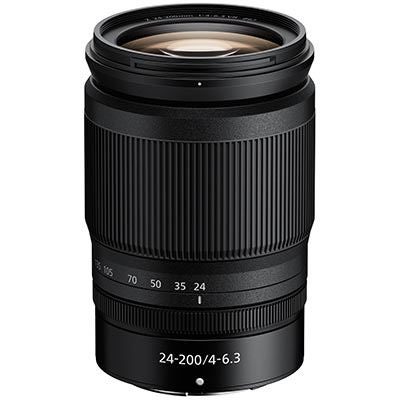
Another lens that’s great for travel, the Z 24-200mm f4-6.3 VR utilises an interesting design where its heavier elements are located in the rear, greatly improving balance and handling. In total the lens weighs just 570g, which is pretty impressive for such an expansive focal range, and image quality is excellent right the way through the length of the zoom. Autofocus is near-silent, while focus breathing and focus shift have been minimised, making for a very stable and reliable lens.
Best for: Travel, outdoor shooting, street photography
Nikon Z 50-250mm f4.5-6.3 DX VR Lens
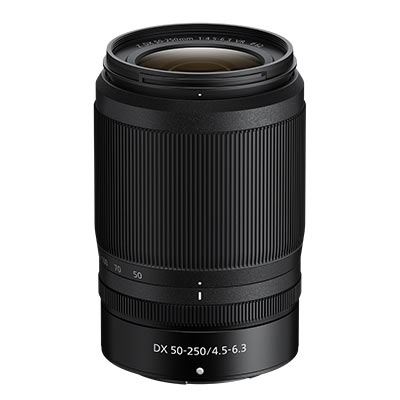
The other half of the picture for APS-C users, the Z 50-250mm f4.5-6.3 DX VR is a generous zoom that’s also eminently portable at 405g, making it a perfect companion for the nippy Z50. Nikon has also ensured a tight close-focusing distance of 0.5m, as well as fast focusing and a useful control ring. Taking you all the way from standard focal length to an impressive telephoto, this is an ideal choice for users who don’t want to bother with changing lenses while out shooting.
Best for: Travel, budget users, all-purpose shooting

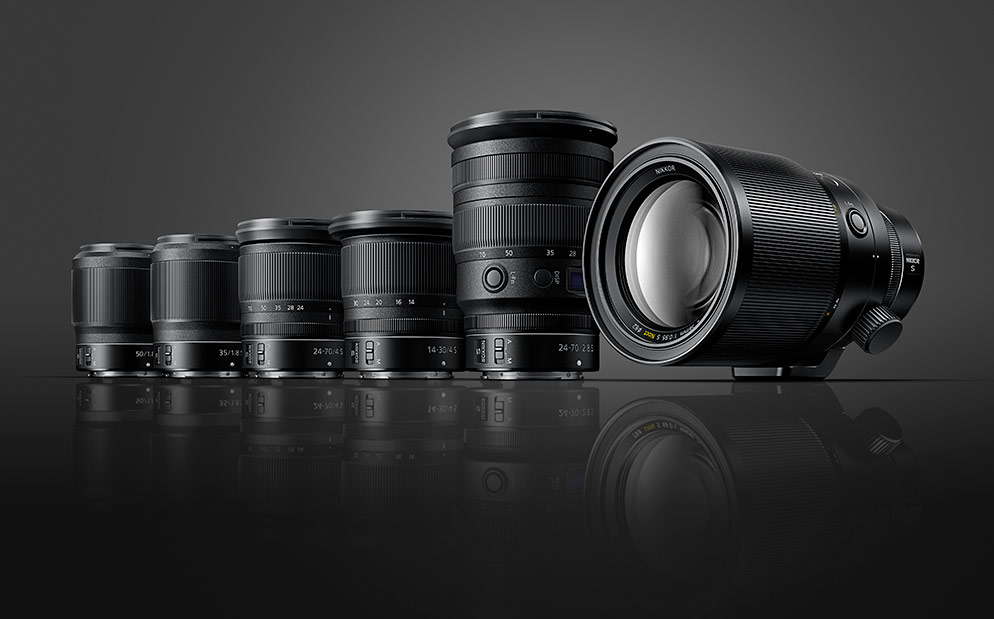
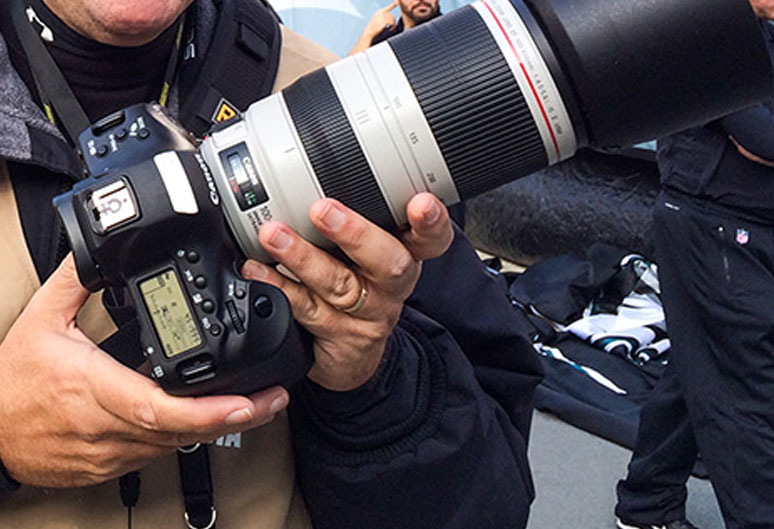
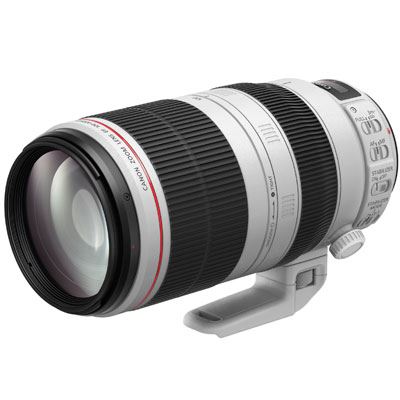
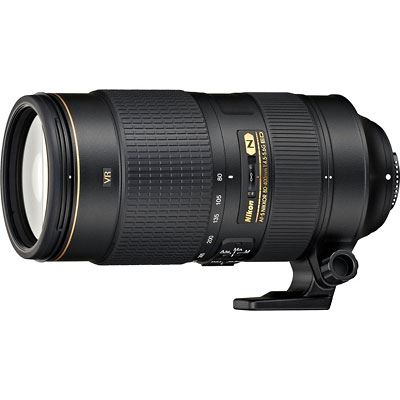
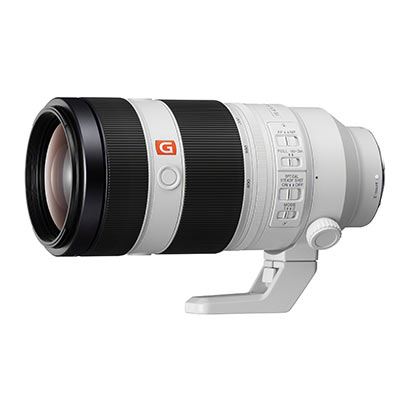
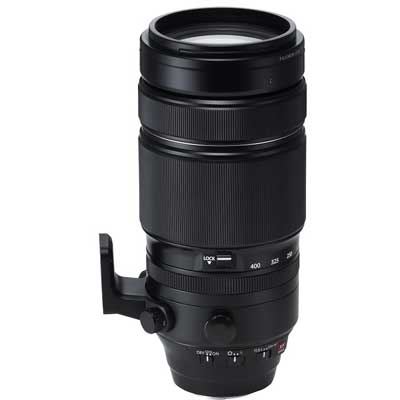
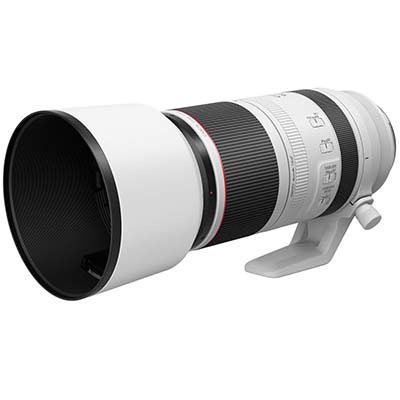
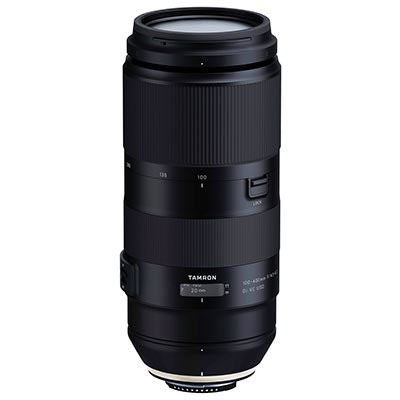
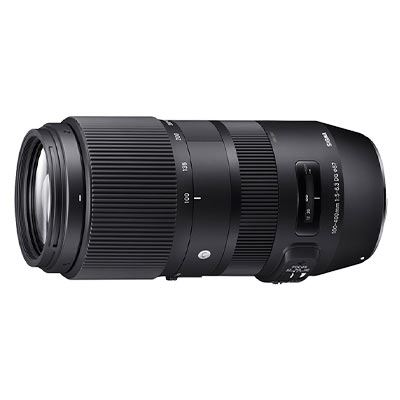
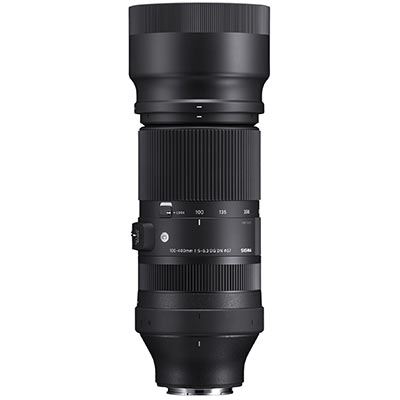
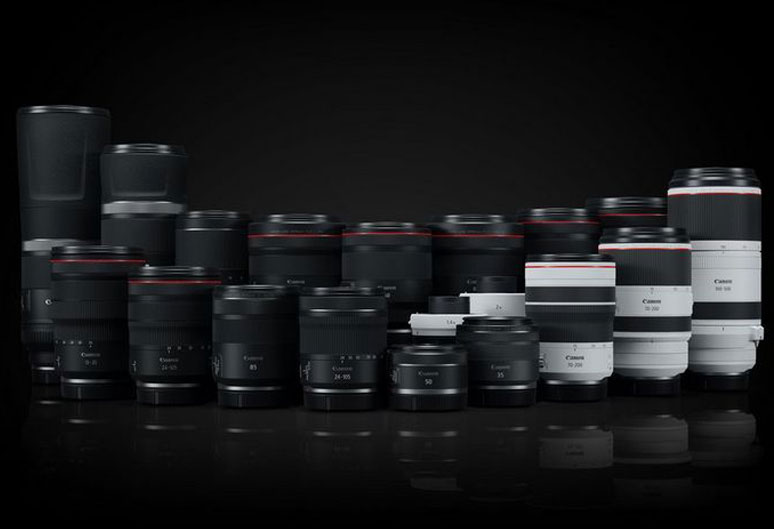
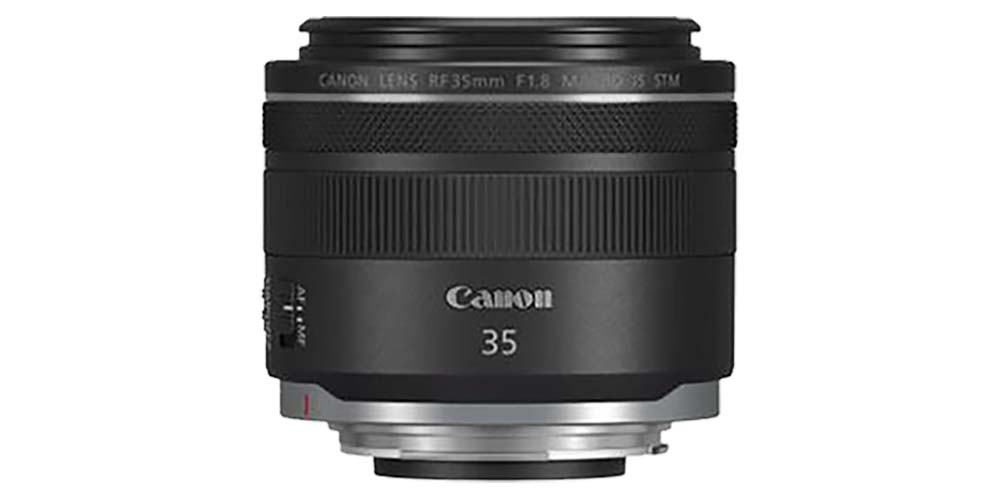 Canon RF 35mm F1.8 MACRO IS STM
Canon RF 35mm F1.8 MACRO IS STM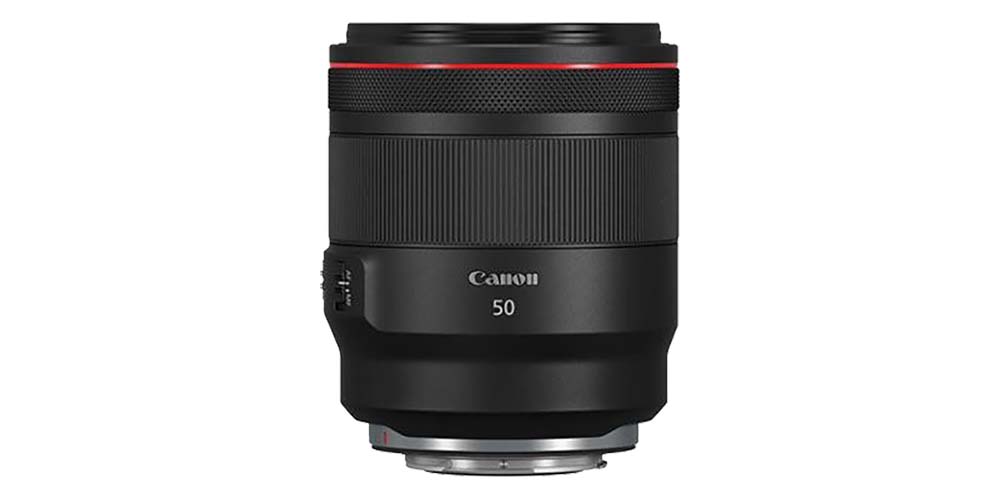 Canon RF 50mm F1.2L USM
Canon RF 50mm F1.2L USM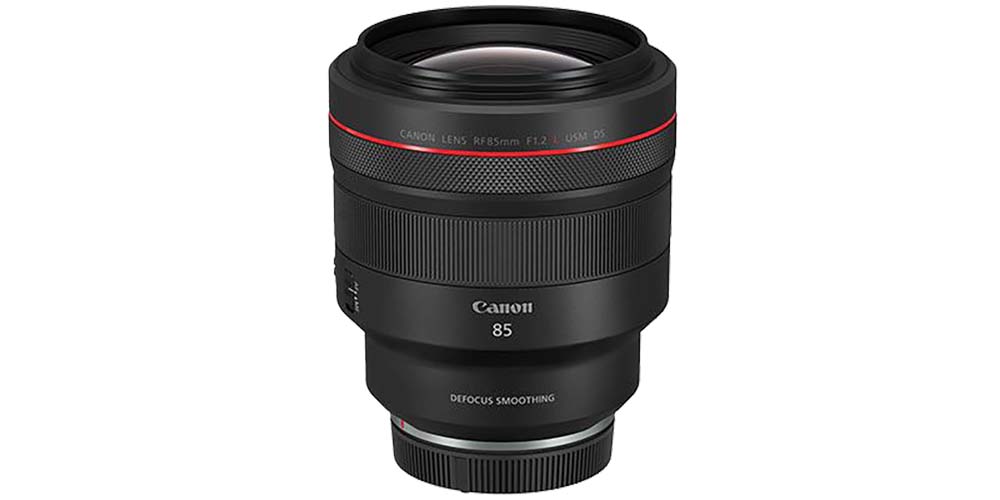 Canon RF 85mm F1.2L USM DS
Canon RF 85mm F1.2L USM DS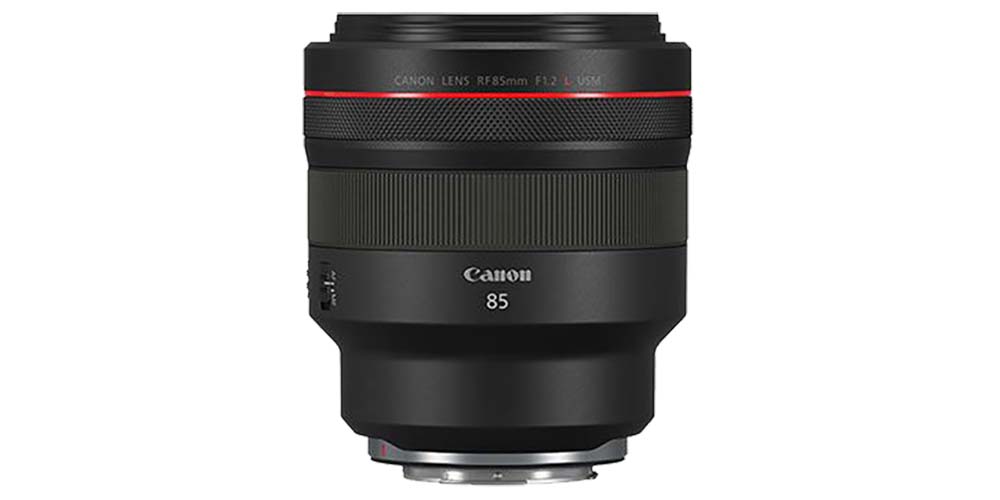 Canon RF 85mm F1.2L USM
Canon RF 85mm F1.2L USM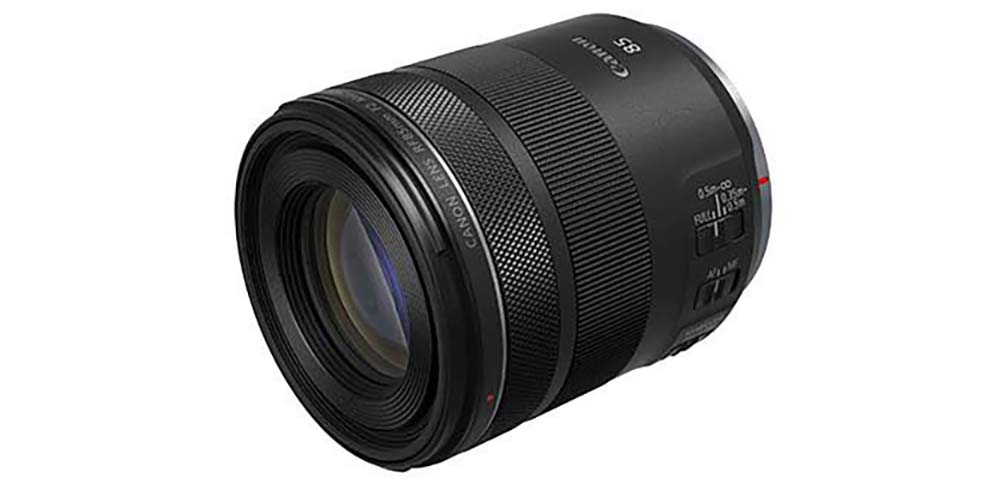 Canon RF 85mm F2 MACRO IS STM
Canon RF 85mm F2 MACRO IS STM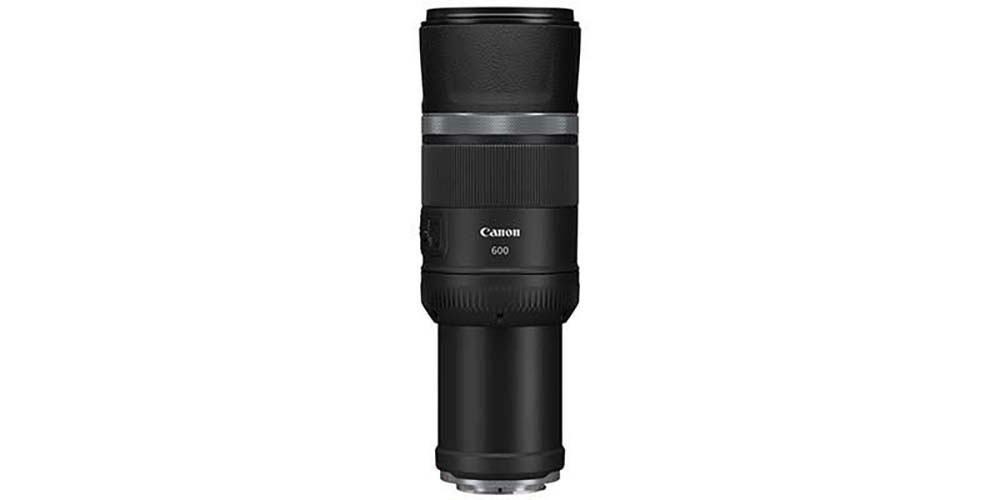 Canon RF 600mm F11 IS STM
Canon RF 600mm F11 IS STM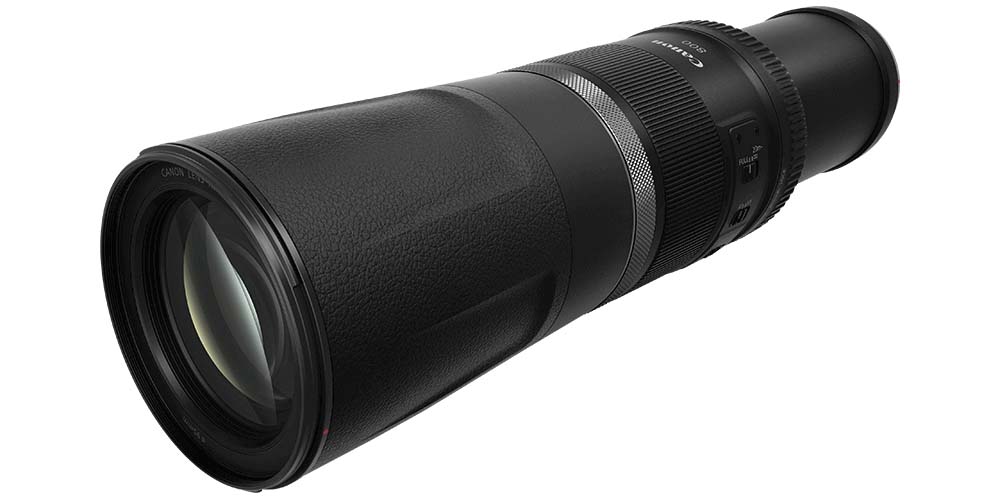 Canon RF 800mm F11 IS STM
Canon RF 800mm F11 IS STM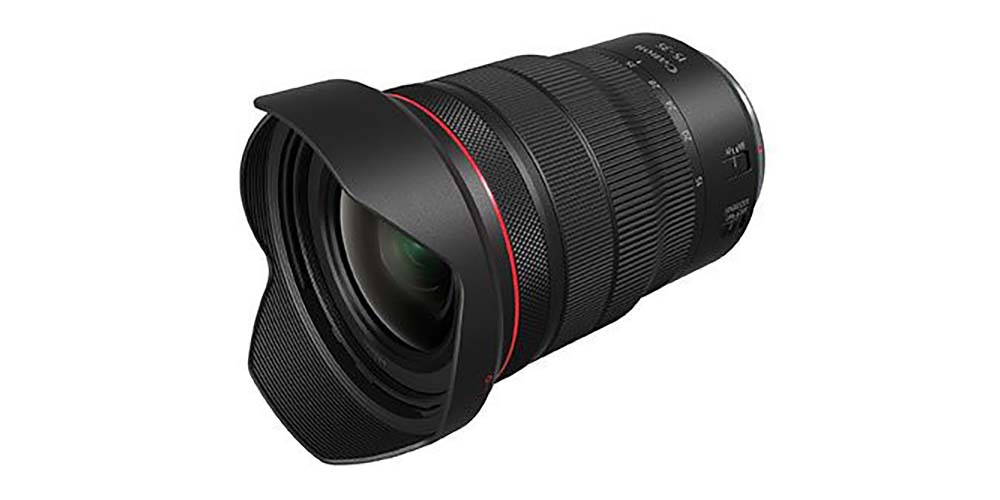 Canon RF 15-35mm F2.8L IS USM
Canon RF 15-35mm F2.8L IS USM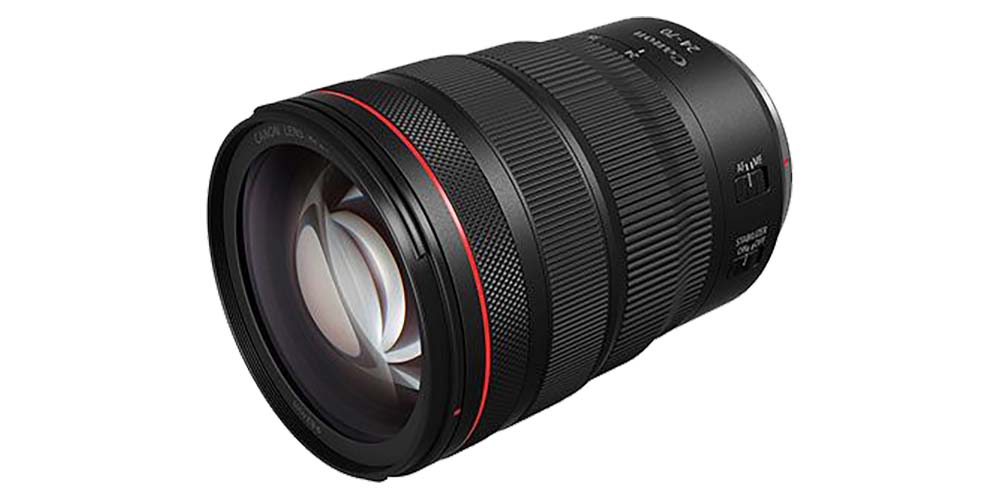 Canon RF 24-70mm F2.8L IS USM
Canon RF 24-70mm F2.8L IS USM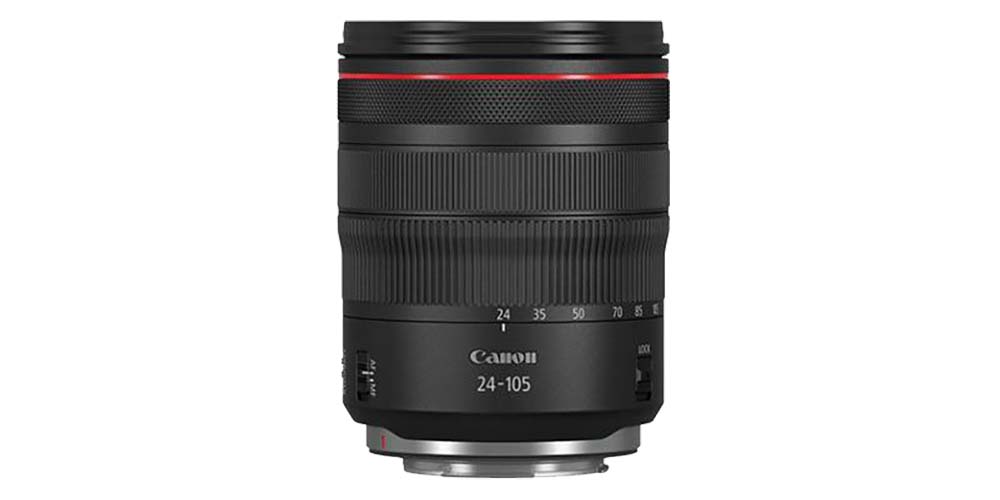 Canon RF 24-105mm f/4L IS USM
Canon RF 24-105mm f/4L IS USM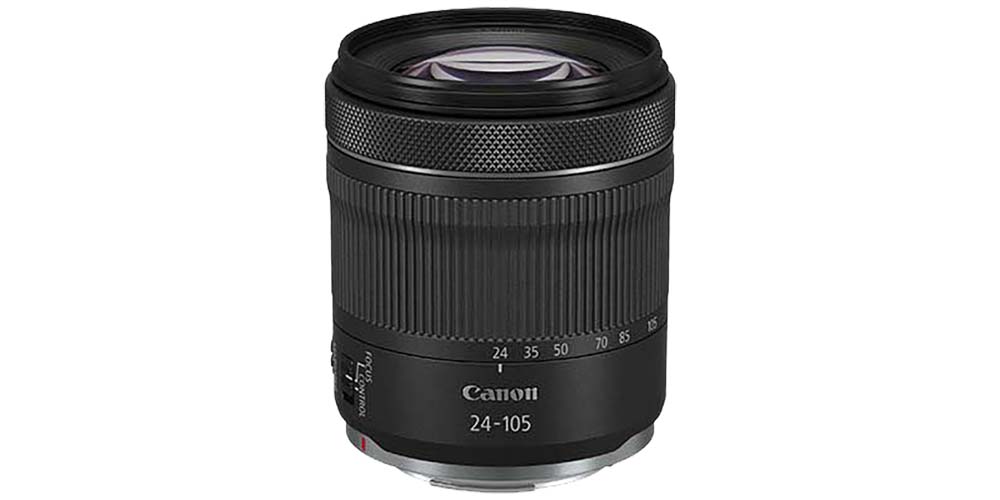 Canon RF 24-105mm F4-7.1 IS STM
Canon RF 24-105mm F4-7.1 IS STM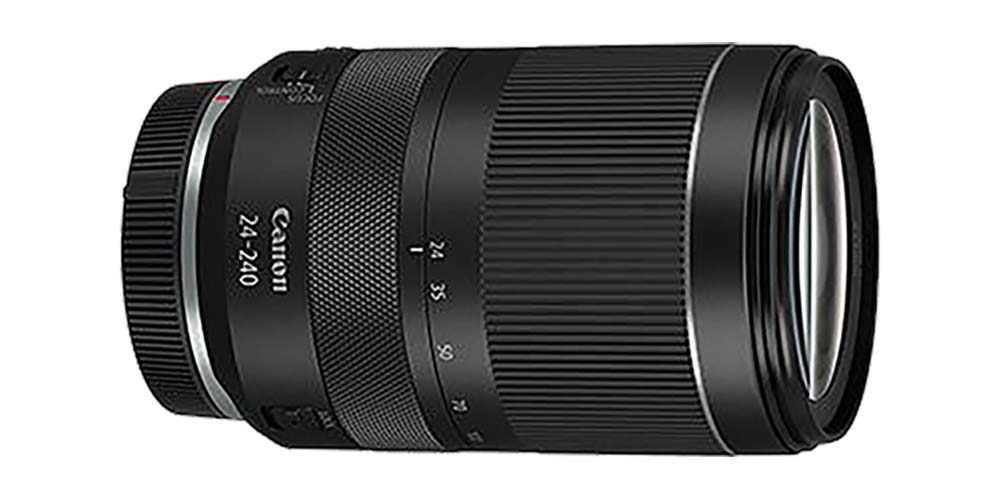 Canon RF 24-240mm F4-6.3 IS USM
Canon RF 24-240mm F4-6.3 IS USM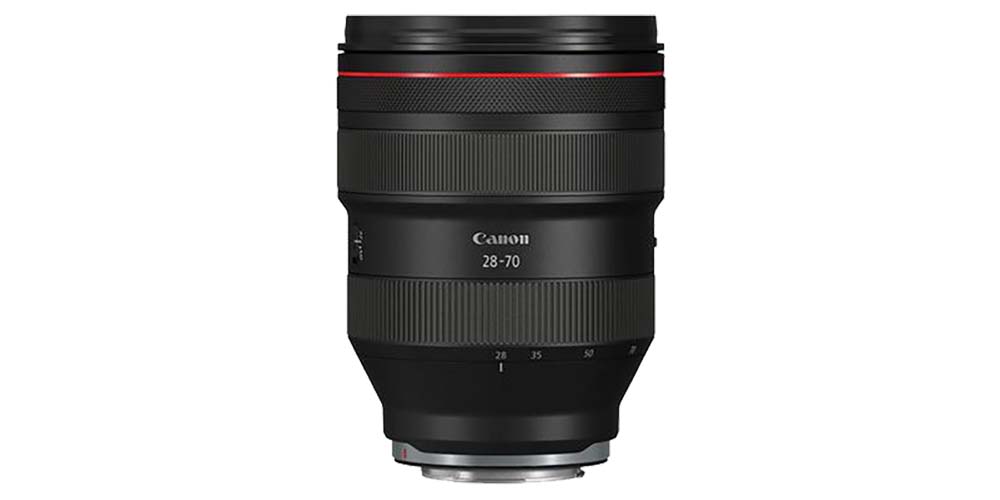 Canon RF 28-70mm F2L USM
Canon RF 28-70mm F2L USM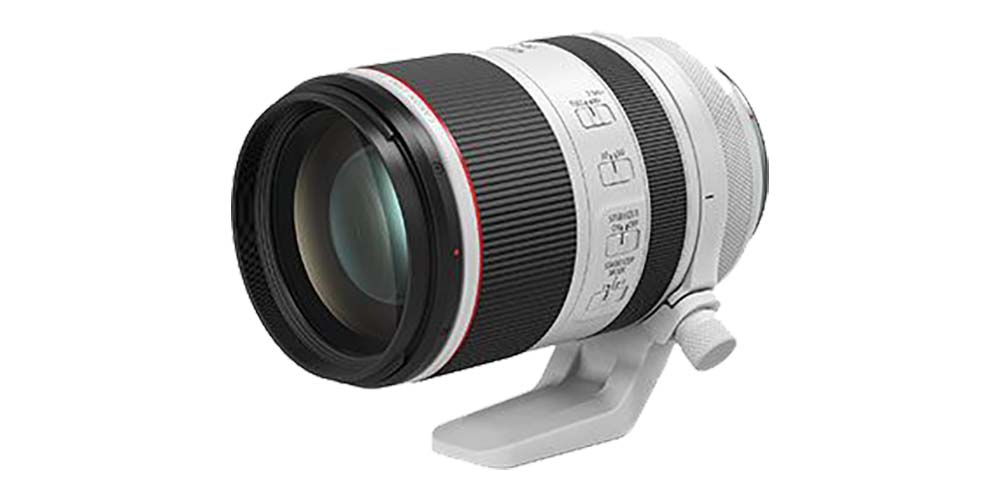 Canon RF 70-200mm F2.8L IS USM
Canon RF 70-200mm F2.8L IS USM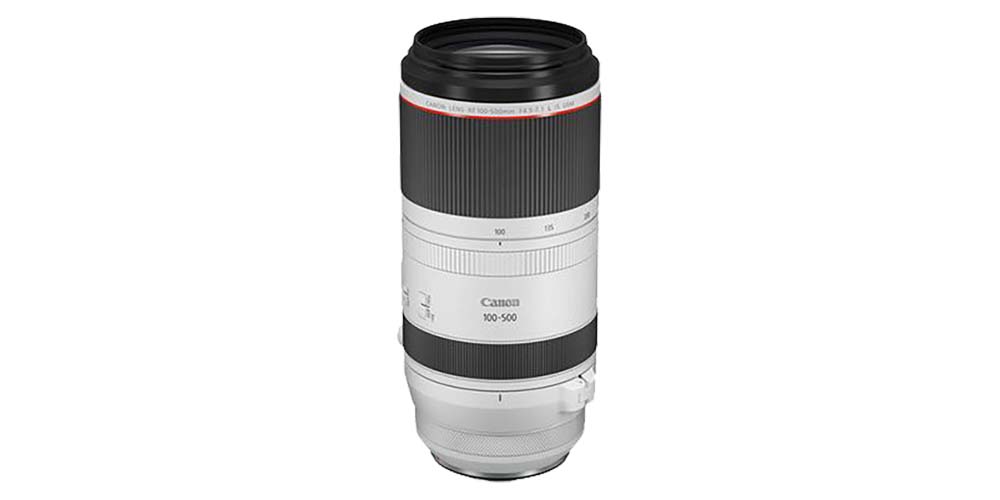 Canon RF 100-500mm F4.5-7.1 L IS USM
Canon RF 100-500mm F4.5-7.1 L IS USM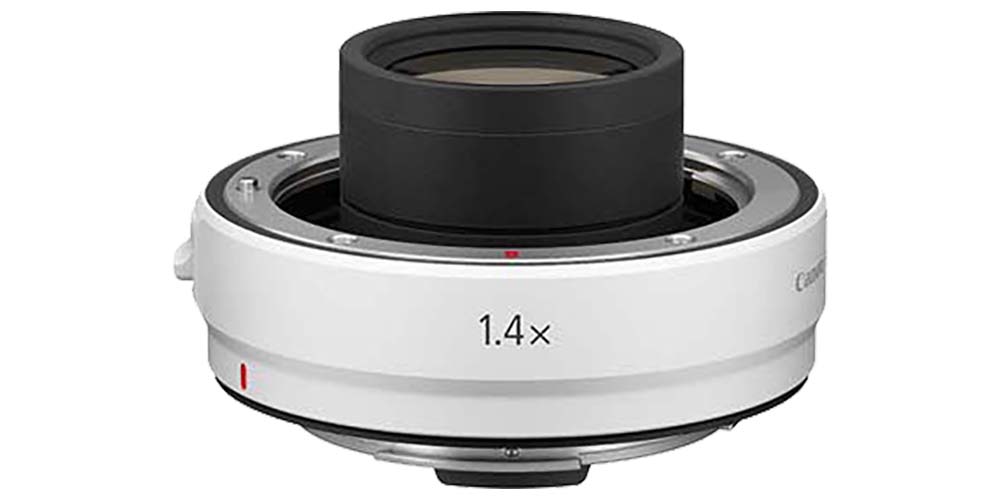 Extender RF 1.4x
Extender RF 1.4x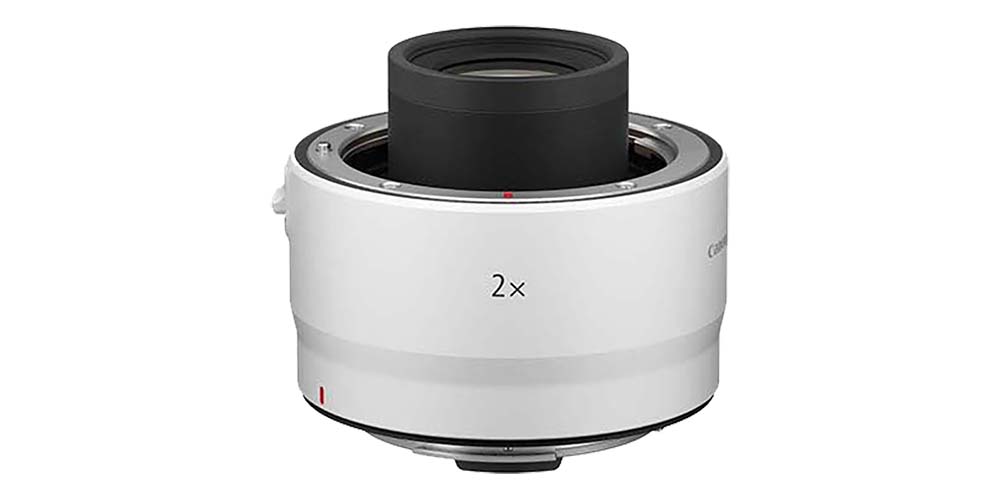 Extender RF 2x
Extender RF 2x